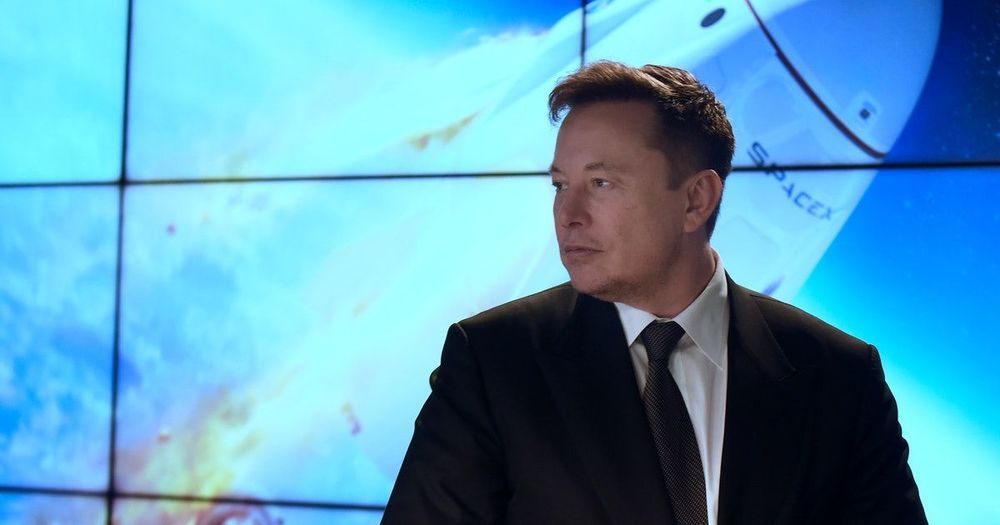Flight Test (Watch till the end)
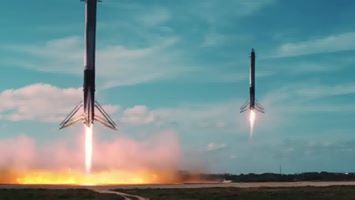

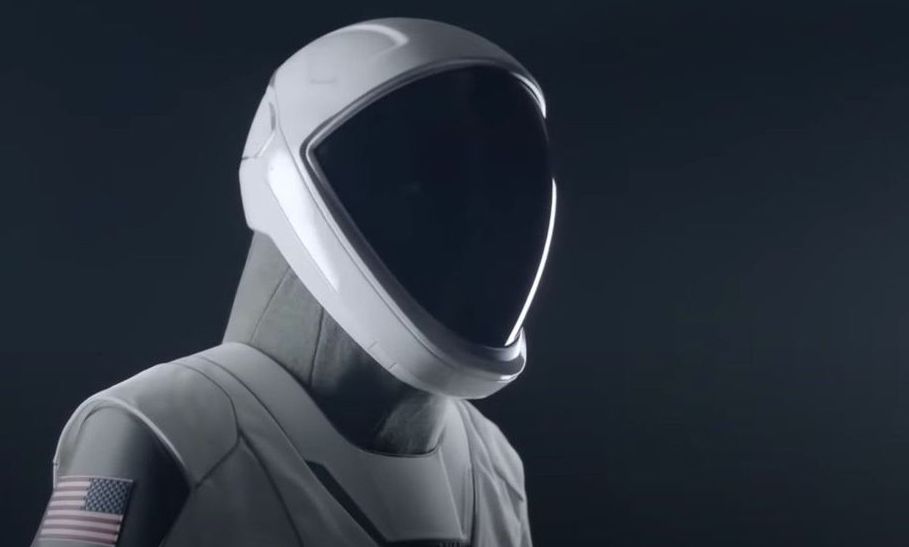
On Saturday, May 30 at 3:22pm, for a glorious moment we were given a glimpse of the future of space travel. The successful launch of SpaceX’s Falcon 9 reorbital rocket system carrying the Crew Dragon to the International Space Station was historic in successfully sending NASA astronauts Bob Behnken and Doug Hurley within a privately developed spacecraft. The mission also revealed the next generation of astronautical wear, the SpaceX spacesuit.
Alongside the amount of life-supporting technologies tethered from seat to suit via “umbilical cord”, each spacesuit is bespoke to its wearers for optimal safety and comfort, as described by SpaceX spacesuits and crew equipment manager, Chris Trigg:
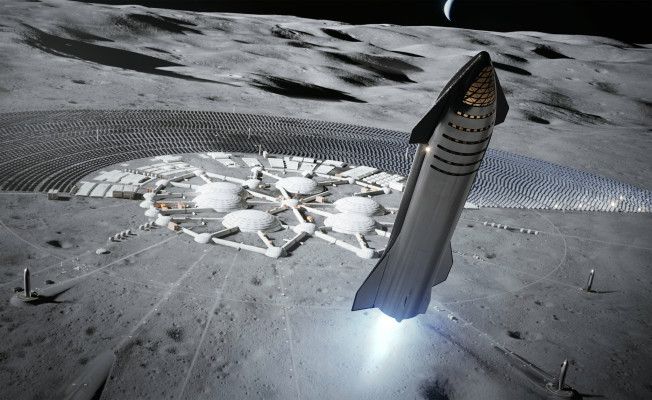
SpaceX CEO and founder Elon Musk says that after accomplishing its first human launch, the company’s primary focus going forward will be developing Starship, its next-generation spacecraft. According to an internal email seen by CNBC, Musk said that Starship is job one for the company, with the exception of ensuring that everything goes well with the forthcoming return of the Crew Dragon capsule from the International Space Station, which will be carrying NASA astronauts Doug Hurley and Bob Behnken on their homeward bound trip.
Starship has been in development at a SpaceX production and testing site in Boca Chica, Texas, since 2019, and was also originally being developed by a second team in parallel in Florida. SpaceX combined the efforts and focused prototype builds in Texas late last year and has been building a number of Starship prototypes using a model of rapid iteration.
The spacecraft is designed to be a fully reusable vehicle that can support both crew and cargo configurations that can make trips to both Earth orbit and deep space destinations including the moon and Mars when paired with the forthcoming SpaceX Super Heavy rocket booster. SpaceX eventually wants to replace both Falcon 9 and Falcon Heavy with Starship, which should reduce costs by unifying its production lines and offering full reusability.
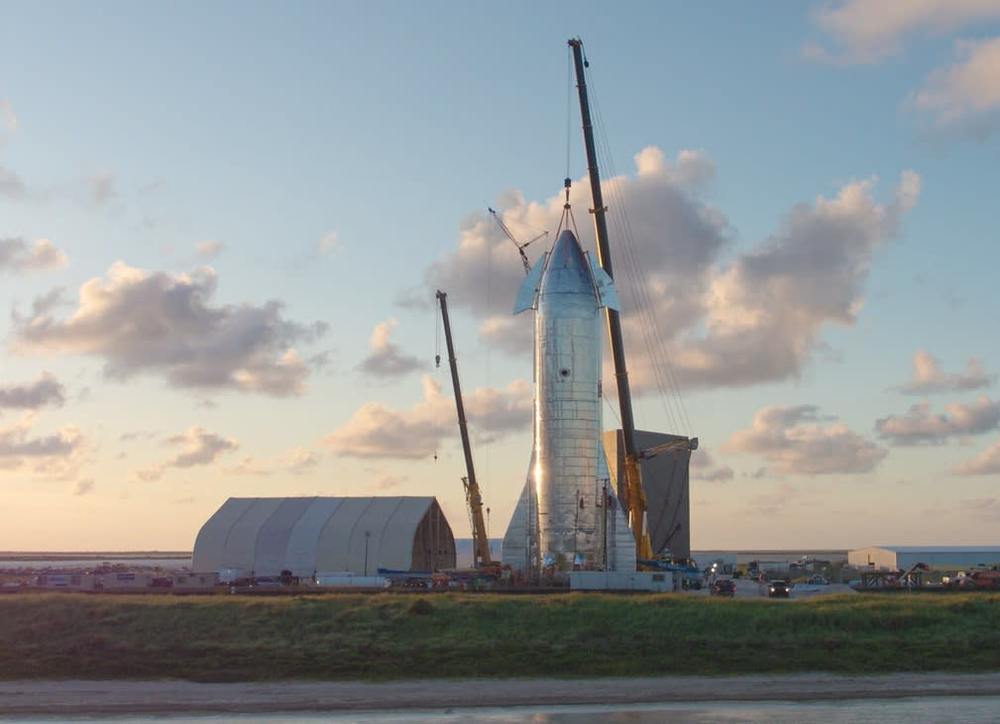
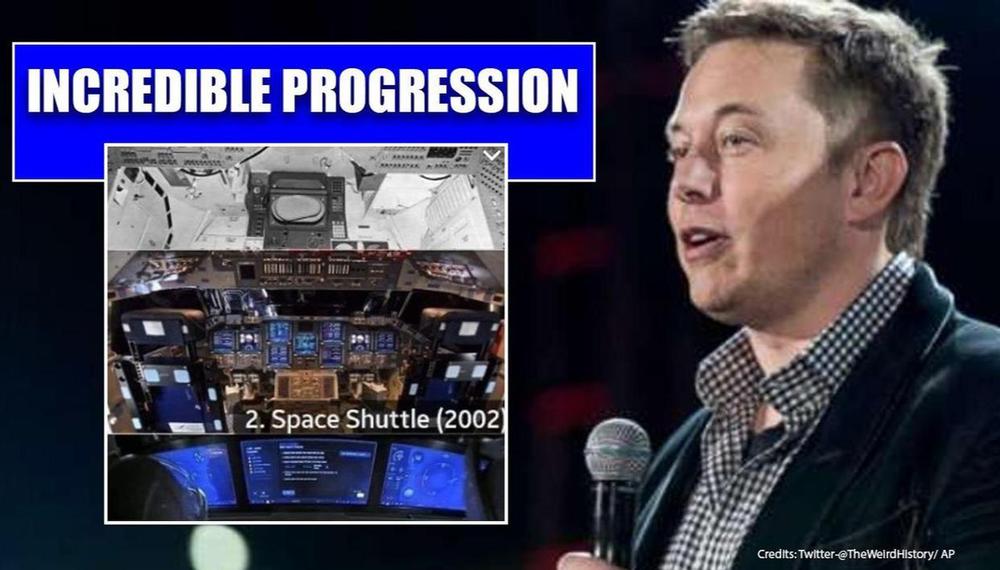
Two NASA astronauts last Sunday entered the International Space Station (ISS) from SpaceX’s Dragon spacecraft after a historic launch from the Kennedy Space Center in Florida, marking the dawn of a new age in commercial space travel. The National Aeronautics and Space Administration (NASA), which is the agency for space research, aeronautics and related programmes in the US and the pre-eminent such agency of its kind, alongside the ESA, JAXA, China’s space agency and India’s ISRO, confirmed the arrival of astronauts Bob Behnken (49) and Doug Hurley (53) at the ISS.
A spaceship with only touch screen controls
One of the most fascinating aspects was that both the astronauts became the first astronauts launched to space on a privately-owned rocket and they also became the first to pilot a spaceship using only touchscreen controls. SpaceX’s Crew Dragon refrained from using the infamous maze of manual controls and switches found on retired spacecraft like the Space Shuttle or the Apollo command modules.
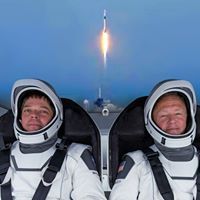
SpaceX just launched humans to space for the first time.
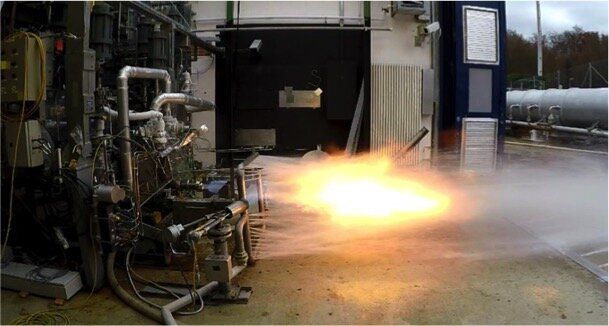
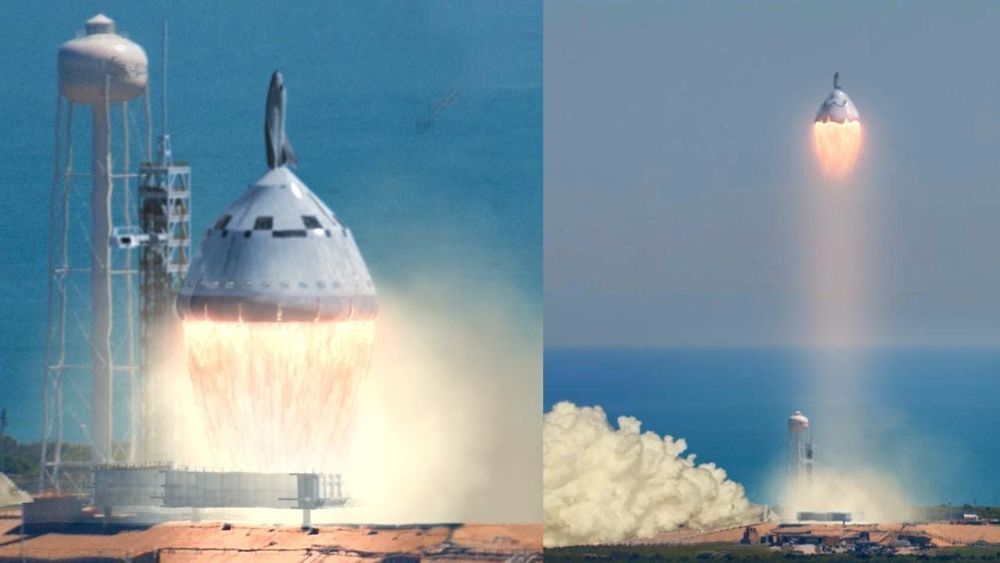
Chrysler Aerospace was already contracted for the Saturn 1 and 1B First Stage so in 1971
they proposed an alternate shuttle program, the SERV and MURP
SERV: the Single-stage Earth-orbital Reusable Vehicle had a 53 metric ton payload in a 7m x 18m payload bay
12 LH2/LOX aerospike engines were arranged around the rim of the base, covered by movable metal shields
Jet Engines, which were fired just prior to touchdown in order to slow the descent.
MURP, the Manned Upper-stage Reusable Payload
The MURP was based on the HL-10 lifting body (Six Million Dollar Man test Vehicle) and a Larger Versionone larger (the D-34) could carry up to ten passengers.
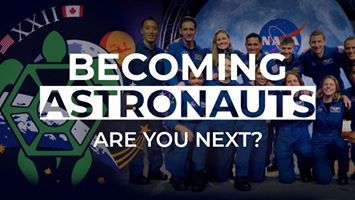
Extensive travel required! Applications are open for #Artemis explorers who will be journeying to the Moon, Mars and beyond.
Our latest astronaut class shares their journey to #BeAnAstronaut. Are you next? https://youtu.be/q5T9iYjt6Lk
